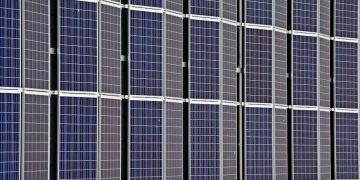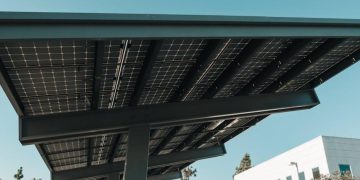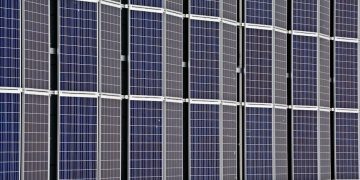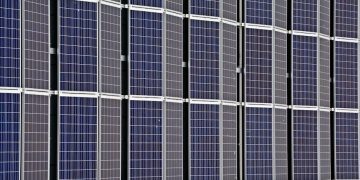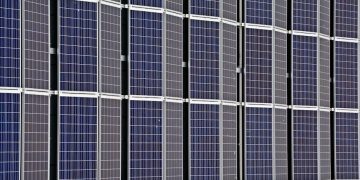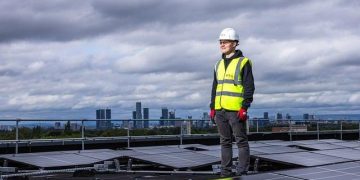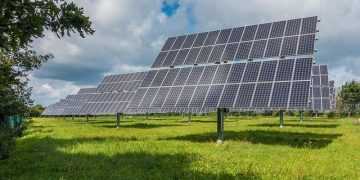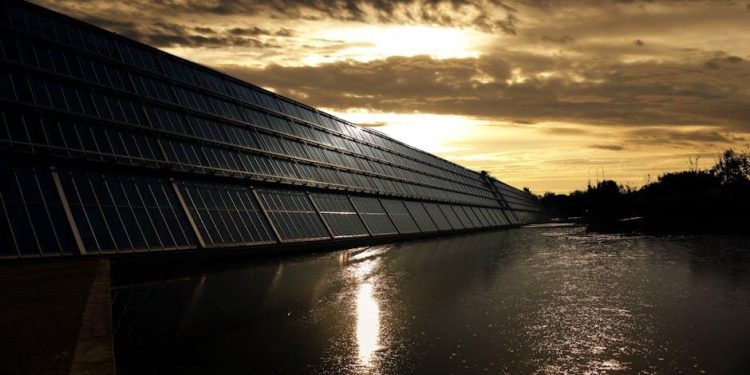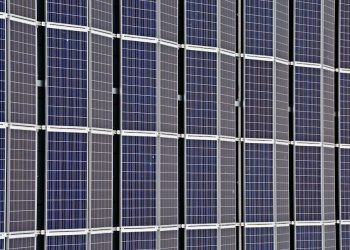In an era where innovation is the cornerstone of sustainable development, the horizon is ablaze with possibilities that redefine how we harness energy. Among these, transparent solar panels emerge as a beacon of transformative potential, seamlessly merging the realms of functionality and aesthetics. Imagine a world where every window, every glass facade, and every skylight doubles as a source of clean, renewable energy. This isn’t the stuff of science fiction, but a burgeoning reality that promises to reshape urban landscapes and energy consumption patterns. As we embark on this exploration of transparent solar panels, we delve into the technology’s promise to revolutionize how we perceive and utilize solar energy, offering a glimpse into a future where the sun’s power is both ubiquitous and elegantly integrated into the fabric of our daily lives.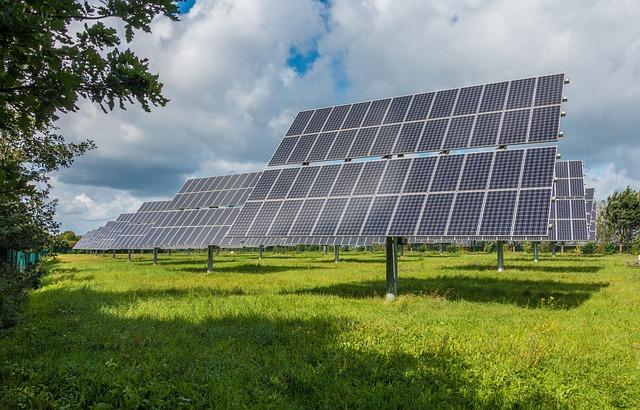
Harnessing the Sun with Clarity: The Science Behind Transparent Solar Panels
Imagine a world where every window, skyscraper, and smartphone screen could generate electricity. This is the promise of transparent solar panels, a groundbreaking technology that seamlessly integrates with everyday objects. These panels work by utilizing a specially designed organic photovoltaic layer that selectively absorbs non-visible wavelengths of sunlight, such as ultraviolet and infrared, while allowing visible light to pass through. This innovative approach enables the panels to remain transparent while still generating power.
Key features of transparent solar panels include:
- Design Flexibility: Their see-through nature allows them to be incorporated into various surfaces without altering aesthetics.
- Energy Efficiency: While currently less efficient than traditional panels, ongoing research aims to improve their power conversion rates.
- Versatility: Potential applications range from building-integrated photovoltaics to portable electronic devices.

Innovative Applications: Where Transparent Solar Panels Shine Brightest
In the quest for sustainable energy solutions, transparent solar panels are proving to be a game-changer, seamlessly integrating into environments where traditional solar panels fall short. Urban architecture is one of the most promising arenas for these innovative panels. Skyscrapers and high-rise buildings, often criticized for their massive energy consumption, can now transform their glass facades into energy-generating surfaces without compromising aesthetic appeal. This integration not only reduces the carbon footprint of urban spaces but also adds a layer of functionality to architectural design.
Beyond urban settings, transparent solar panels find unique applications in the automotive industry. Imagine electric vehicles with windows that double as solar panels, providing an additional energy source while parked in the sun. This innovation extends to greenhouses, where maintaining light levels is crucial for plant growth. By replacing traditional glass with transparent solar panels, greenhouses can generate energy while allowing sunlight to nourish the plants within. The potential applications are diverse and exciting, offering a glimpse into a future where every surface can contribute to our energy needs.
- Urban architecture: Integrating solar panels into glass facades.
- Automotive industry: Solar panel windows in electric vehicles.
- Greenhouses: Energy generation without sacrificing sunlight for plants.

Balancing Aesthetics and Efficiency: The Design Challenge of Transparent Solar Technology
Transparent solar technology presents a unique design conundrum: achieving an elegant balance between aesthetic appeal and energy efficiency. The ambition is to seamlessly integrate these panels into everyday surfaces—be it windows, facades, or even electronic screens—without compromising on their functionality. This requires a harmonious blend of advanced materials that can efficiently capture sunlight while maintaining a high degree of transparency. The challenge lies in maximizing the photovoltaic potential without sacrificing the clarity that consumers and architects demand.
- Material Innovation: Developing new, transparent conductive materials that do not impede the light’s passage.
- Design Integration: Creating panels that blend with existing architectural elements without drawing attention to their presence.
- Efficiency Optimization: Enhancing energy conversion rates while maintaining a sleek, unobtrusive look.
Creative solutions are emerging from collaborations between engineers, designers, and material scientists, striving to redefine how we perceive solar technology. The intersection of aesthetics and efficiency in transparent solar panels not only represents a technological leap but also a new frontier in sustainable design, paving the way for a future where every surface could potentially generate clean energy.
Strategic Integration: Recommendations for Implementing Transparent Solar Solutions
For the successful adoption of transparent solar panels, it is crucial to weave them seamlessly into the fabric of urban architecture and existing infrastructures. Strategic integration not only enhances the aesthetic appeal of buildings but also maximizes energy efficiency. To achieve this, stakeholders should consider several recommendations:
- Architectural Collaboration: Partner with architects and urban planners to design structures that inherently accommodate transparent solar solutions. This involves considering the orientation, size, and positioning of panels to ensure optimal sunlight exposure.
- Retrofitting Existing Structures: Explore opportunities for integrating transparent solar panels into existing buildings. This could involve replacing traditional glass windows with solar alternatives, thus transforming passive elements into active energy producers.
- Regulatory Alignment: Work closely with local governments and regulatory bodies to ensure compliance with building codes and standards. Transparent solar technology should be integrated into policies promoting sustainable urban development.
- Public Awareness and Education: Initiate campaigns to educate the public and stakeholders about the benefits and functionalities of transparent solar technology, fostering a culture of sustainability and innovation.
By addressing these strategic considerations, transparent solar panels can become a mainstream solution in urban environments, paving the way for a greener future.
Final Thoughts
As we stand on the brink of a new era in renewable energy, the potential of transparent solar panels offers a glimpse into a future where innovation meets sustainability. These unobtrusive energy harvesters promise to seamlessly integrate into our daily lives, transforming ordinary windows and surfaces into sources of clean power. As research and development continue to push the boundaries of what’s possible, transparent solar technology beckons us to envision a world where the divide between energy generation and consumption is elegantly bridged. While challenges remain, the journey of exploring and refining these solar solutions is a testament to human ingenuity and our relentless pursuit of harmony with nature. As we look forward, let us remain curious and committed to unlocking the full potential of this promising technology, illuminating our path towards a more sustainable tomorrow.






